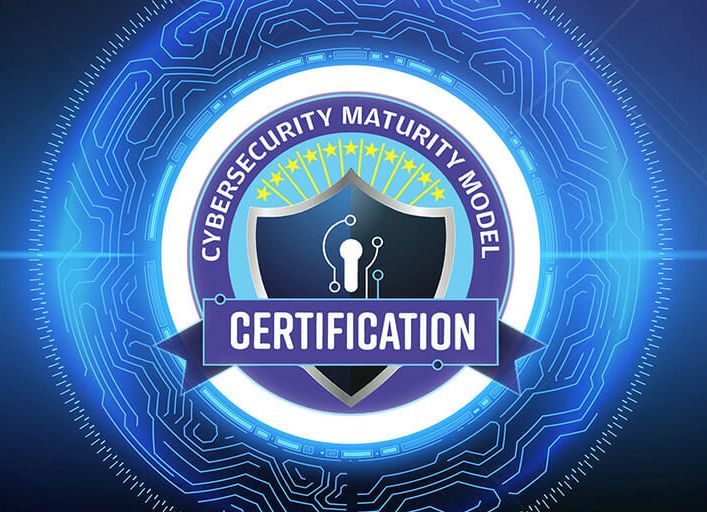In the fast-paced world of technology, maintaining outdated software is akin to ignoring your health until a minor issue turns into a life-threatening problem. Just as regular check-ups are vital for our well-being, periodic evaluations of your tech stack are essential for your business's survival and success. In this article, we delve into the importance of auditing your technology infrastructure, why businesses often neglect this crucial task, the dangers of doing nothing, and how to navigate the process effectively.
The Danger of Sticking with Outdated Software
In the tech realm, what's cutting-edge today can quickly become outdated tomorrow. Yet, many companies cling to older software, guided by the adage, "If it ain't broke, don't fix it." While this perspective is understandable, it can be perilous. In the business world, as in nature, adaptability is key to survival. Failing to evolve and keep pace with the changing technological landscape can lead to business extinction.
The disparity between the natural and business worlds lies in the ability to choose evolution. Companies can decide to adapt and embrace new technologies. However, for many business leaders, especially those who are not tech experts, this process can be overwhelming and costly. Evaluating technology options can be daunting, and many companies lack the in-house expertise to make informed decisions. They may view investing in new software as a luxury or fear that the transition will disrupt operations. Some may even be unaware of how outdated their current software has become. Consequently, many organizations wait until it's too late to address their technology needs.
Research conducted by Carnegie Mellon reveals that people often delay updating their software, even when advised of its importance. This tendency is mirrored in the business world, where firms procrastinate on addressing their technology infrastructure.
The Perils of Inaction
While software may remain unchanged, the world around it continues to evolve at a rapid pace. Failing to adapt can lead to catastrophic consequences. Consider the case of Equifax in 2017 when hackers gained access to the personal information of over 143 million people. This massive breach was not the result of a sophisticated inside job but rather the failure of Equifax's IT department to patch a known security vulnerability in one of its web applications.
Similarly, Target experienced a significant data breach that resulted in the theft of credit and debit card information from 70 million customers. This incident led to an estimated financial loss of over $290 million for Target.
These challenges extend beyond security concerns. Aging software systems have plagued the airline industry, resulting in frequent glitches. This, in turn, has led to thousands of flight cancellations and scheduling delays for major airlines like United, American, and Southwest. Such issues culminate in litigation, employee frustration, customer dissatisfaction, and financial losses.
The Importance of Regular Audits
Just as individuals undergo periodic medical check-ups, businesses must conduct regular audits of their technology infrastructure every three to five years. Neglecting to do so is akin to ignoring minor health symptoms until they escalate into critical problems. Audits serve as preventive measures, identifying areas that require improvement or addressing existing issues.
During an audit, businesses can assess what is working effectively, what has become outdated, and what changes are needed to align with their current goals. It provides an opportunity to explore the latest tools and technologies available and determine which ones are essential for their operations.
Why Audits Are Essential for All Companies
Companies of all types continually monitor various aspects of their operations, from financial performance to customer satisfaction. Similarly, evaluating the tech stack periodically is crucial to staying relevant in a rapidly evolving landscape. Delaying these assessments can result in a range of issues, from decreased efficiency to catastrophic failures.
Imagine a trucking company neglecting to inspect its vehicle fleet for years, only to discover maintenance issues that lead to costly breakdowns or accidents. Similarly, a TV network consistently airing shows with low viewership due to a reluctance to adapt its content lineup would face declining ratings and revenue. In business, complacency is not an option.
Why External Auditors Are Beneficial
Effective audits are best conducted by external auditors who maintain impartiality and lack a vested interest in defending existing software or selling new platforms. Their objectivity allows them to evaluate the current technology stack with fresh eyes and identify the most promising areas for improvement.
External auditors bring both expertise and a broader perspective to the evaluation process. Their recommendations can lead to more informed decision-making by corporate executives, helping to determine which software to keep, upgrade, or replace entirely.
Common Issues Uncovered in Audits
As a technology company frequently involved in audits, we encounter several recurring issues within organizations:
- Outdated Programming Languages: Some companies continue to use software built in outdated programming languages that few engineers are familiar with or willing to work on.
- Failure to Embrace Technological Advancements: Many organizations miss out on opportunities presented by recent technological leaps, such as artificial intelligence, cloud technologies, mobile enhancements, and big data.
- Lack of Integration: Software platforms within an organization often fail to communicate with each other effectively, leading to coordination challenges, information silos, and duplicated efforts.
- Inadequate Security Protocols: Some solutions do not incorporate the latest security protocols, leaving them vulnerable to cyberattacks.
- Dependence on Unsupported Software: Persisting with software that is no longer regularly updated by its creator, risking functionality and security.
The result of these issues is a cumbersome and outdated tech stack, reminiscent of a bygone era, which fails to meet the demands of modern business operations.
What Comes After the Audit?
Identifying issues is a critical first step, but the audit's real value lies in finding solutions. Off-the-shelf software can be a suitable starting point for many organizations, offering immediate availability, a user base, and lower upfront costs. However, custom solutions often provide a competitive advantage, as they can be tailored precisely to an organization's unique needs.
Custom software development entails higher initial costs and longer development times but can lead to reduced annual maintenance expenses compared to licensed off-the-shelf software. Over several years, this approach can result in substantial cost savings.
Furthermore, custom software can differentiate a company from its competitors, providing unique capabilities that are not readily available through off-the-shelf solutions. Tailored software can be a significant driver of enterprise value and may increase a company's appeal in the event of a sale.
The Imperative of Ongoing Maintenance and Updates
All software, regardless of its origin, will require periodic updates or replacement eventually. Neglecting this reality jeopardizes an organization's competitiveness, increases costs, exposes vulnerabilities, and undermines both employee and customer experiences.
In conclusion, regular audits of your tech stack are essential for staying ahead of the competition, reducing costs, mitigating cyber risks, and ensuring that your company delivers the best possible experiences to stakeholders. By neglecting these audits, you not only risk the health of your business but its very existence.








